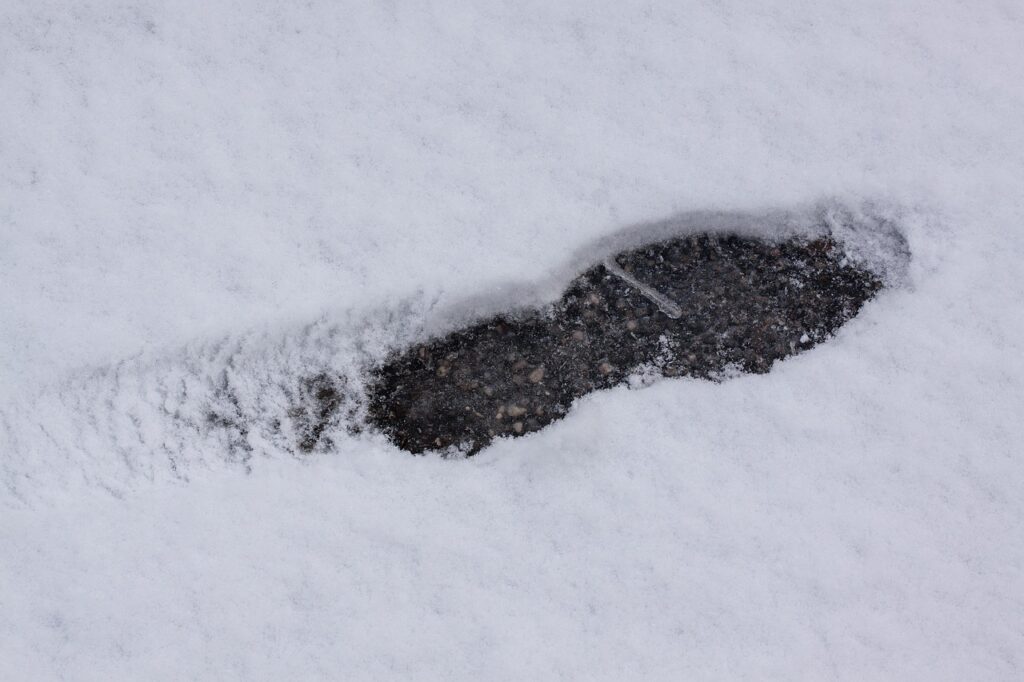Asphalt driveways withstand daily vehicle traffic, sun, rain, and snow. Over time, surfaces crack and crumble. Water seeps into gaps and freezes. Ice expands and breaks asphalt apart from inside. Fall is your window to repair and protect pavement.
Working with asphalt paving contractors in the GTA now means your driveway survives winter intact. Temps need to stay above 50 degrees for proper sealing. October gives you the last safe weeks before cold weather shuts down quality asphalt work.
Why Fall Beats Spring For Asphalt
Spring seems logical for outdoor work. But asphalt needs warm ground temps to bond properly. Spring soil stays cold from winter frost. Fall soil holds summer warmth for weeks. This ground heat helps new asphalt compact and cure correctly. Better compaction means longer-lasting pavement.
Spring also brings rain that delays projects for days or weeks. Fall weather in the GTA tends drier. Crews work steadily without weather stoppages. You get faster completion and better results. Waiting until spring means dealing with winter damage first. Smart owners seal before winter instead of repairing after.
Cracks Let Water Destroy Pavement
Small cracks seem harmless. They’re not. Water enters through tiny openings. When temps drop below freezing, water turns to ice. Ice occupies more volume than liquid water. This expansion pushes asphalt apart. One winter cycle can turn a hairline crack into a gaping hole.
Salt from winter de-icing speeds this damage. Salt lowers water’s freezing point and increases freeze-thaw cycles. More cycles mean faster breakdown. Sealing cracks now blocks water entry. Protection costs pennies compared to replacing destroyed pavement.
Sealcoating Extends Asphalt Life
Bare asphalt oxidizes from sun exposure. UV rays dry out the binder that holds aggregate together. Surface becomes brittle and gray. Sealcoating adds a protective layer that blocks UV damage. It also makes surfaces resist gas and oil stains better.
Proper Prep Makes Sealing Work
Dirty asphalt won’t accept sealer. Contractors should power-wash surfaces first. This removes dirt, oil, and loose material. Clean asphalt lets sealer bond tightly. Skipping this step causes sealer to peel within months.
Cracks wider than one-quarter inch need filling before sealing. Hot pour rubberized filler flexes with pavement movement. It stays sealed through temp swings. Cheap cold-pour fillers crack and fail fast. Ask what crack filler your contractor uses. Quality materials matter here.
New Asphalt Needs Proper Timing
Fresh asphalt can’t be sealed right away. It needs 6-12 months to cure fully. Oils in new asphalt must evaporate before sealing. Sealing too soon traps oils and prevents proper hardening. Your pavement stays soft and damages easily.
If you’re paving new, plan to seal next fall. Mark your calendar now. This waiting period frustrates people, but rushing causes bigger problems. Patient owners get better long-term results.
Patching Repairs Isolated Damage
Potholes and broken sections need cutting out. Contractors saw around damaged areas. They remove bad asphalt down to the base layer. If base material is soft or missing, they add new stone. Then they fill with hot asphalt and compact it level with surrounding pavement.
Full Repaving Solves Widespread Issues
When damage covers more than 30% of your driveway, repaving makes more sense than patching. Contractors strip old asphalt completely. They grade and compact the base. They lay 2-3 inches of new hot asphalt. Rollers compact it smooth and dense.
If your edges are failing, address it during paving or patching. Adding edge support stops recurring problems. Ignoring edges means they’ll keep breaking no matter how much you patch.
Drainage Prevents Future Damage
Water pooling on asphalt speeds breakdown. Surfaces should slope slightly toward drainage areas. Proper grade is one-eighth inch drop per foot minimum. Flat spots let water sit and soak in.
Check where your downspouts discharge. If they dump onto your driveway, reroute them. Constant water flow erodes asphalt and base materials. Simple drainage fixes extend pavement life significantly.
Schedule Your Work This Month
Contact Epic Paving local contractors today. Get quotes for sealing, patching, or repaving based on your driveway’s condition. Ask about prep methods and material brands. Check online reviews carefully—asphalt quality varies hugely between contractors.
Book work for late October if possible. Give contractors time to complete before temps drop. Your sealed or repaired driveway will handle winter stress much better. Next spring, you’ll be glad you acted now instead of dealing with winter’s destruction. Make those calls today and protect your pavement investment.










